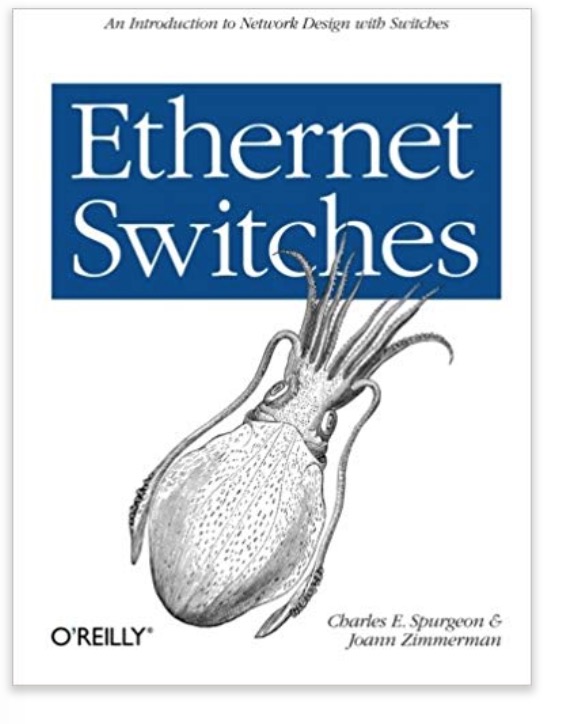Recent Posts
Gateway Device Connects Ethernet/IP Host Controllers To SAE J1939 Networks
Posted by on
 Aparian, headquartered in Irvine, CA, has introduced their J1939 Router, a gateway device connecting Ethernet/IP host controllers to SAE J1939 vehicle networks. The configurable SAE J1939 gateway provides an EtherNet/IP port to communicate with the Logix controller from Rockwell.
Aparian, headquartered in Irvine, CA, has introduced their J1939 Router, a gateway device connecting Ethernet/IP host controllers to SAE J1939 vehicle networks. The configurable SAE J1939 gateway provides an EtherNet/IP port to communicate with the Logix controller from Rockwell.
The product enables the host controller to not only receive multiple PGNs (Parameter Group Numbers) from J1939 devices, but also operates as multiple J1939 devices producing data on the J1939 network. The J1939 data is automatically formatted and scaled to engineering units when exchanged with the host controller.
Configuration is simplified by combining Aparian's Direct-To-Tag technology with the integrated J1939 database. This allows a user to browse to the required PGs and map it directly to a Logix controller tag.
The J1939 gateway is configured using the Aparian Slate application. Slate can be used to create the required UDT (user-defined data types) containing all SPNs (Suspect Parameter Numbers) in the L5X format, which can be imported in Studio 5000.
The gateway is also packed with diagnostic information including an on-board packet capture utility, PG monitor, and node live list.
Features
- SAE J1939 to Logix
- Bidirectional Data Exchange
- PGN Browsing
- Auto Scaling to Engineering Units
- Direct-to-Tag Technology
- Generates Logix Tags and UDTs in L5X File
- Built-in Packet Analyzer
If you are ready to build a large network system, this handy excerpt from Ethernet: The Definitive Guide, Second Edition gets you up to speed on a basic building block: Ethernet switches.
Whether you are working on an enterprise or campus network, data center, or Internet service provider network, you’ll learn how Ethernet switches function and how they’re used in network designs.
This brief tutorial also provides an overview of the most important features found in switches, from the basics to more advanced features found in higher-cost and specialized switches.
- Get an overview of basic switch operation, the spanning tree protocol, and switch performance issues
- Learn about switch management and some of the most widely used switch features
- Discover how a hierarchical design can help maintain stable network operations
- Delve into special-purpose switches, such as multi-layer, access, stacking, and wireless access-point switches
- Learn about advanced switch features designed for specific networking environments
- Dive deeper into switches, with a list of protocol and package documentation
 Loading... Please wait...
Loading... Please wait...

